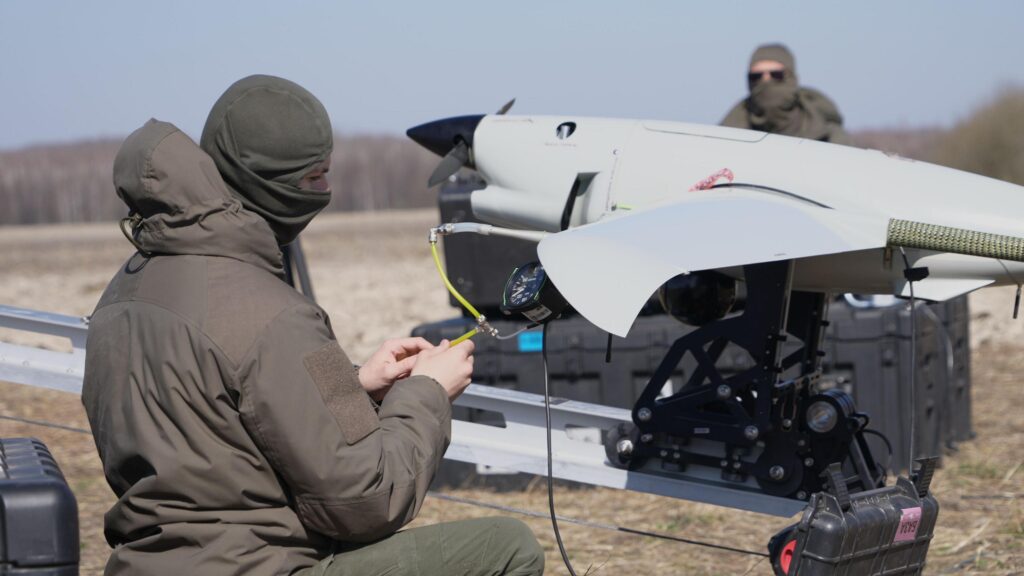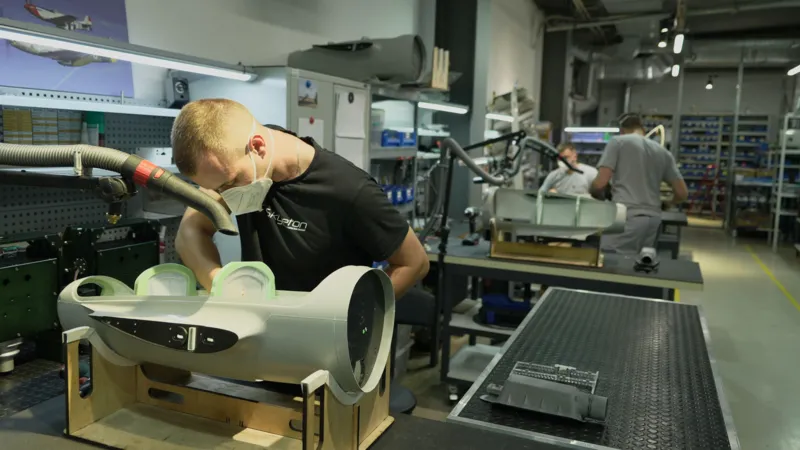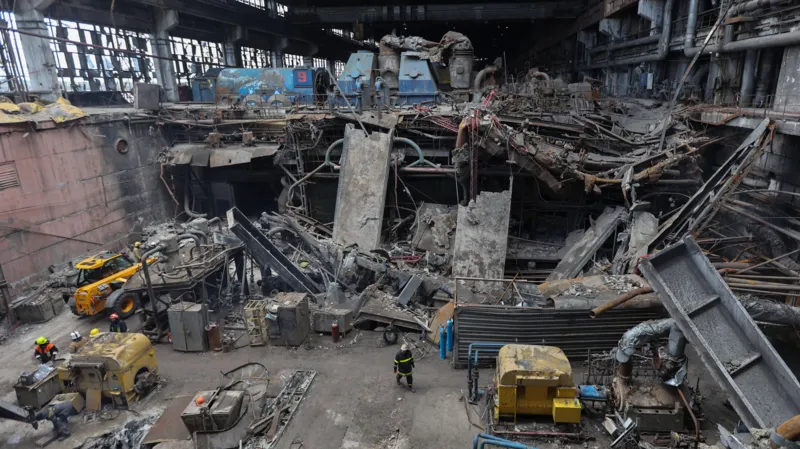Ukraine’s drone manufacturers worry that the energy ceasefire won’t last at a covert test-flight facility

The Raybird can strike targets deep within Russia by flying over 1,000 kilometers continuously.
In a secluded area out of sight, Ukrainian engineers are testing a long-range drone called Raybird. The small, airplane-shaped vehicle is launched on a launchpad, stretched like an arrow on a crossbow, and shot into the air. Raybird has more than 20 hours of flight time and a range of over 1,000 km (620 miles) on a single flight without refueling.
It makes sorties to strike targets on the frontline as well as deep inside Russia. Some of their targets are oil refineries and fuel depots. But now that both Russia and Ukraine have each entered into their agreements with the US regarding a partial ceasefire, operations like this one must stop.
Besides agreeing to sign a Black Sea maritime ceasefire following negotiations earlier this week in Saudi Arabia, the two countries committed to halting attacks on each other’s energy installations – a step theoretically agreed upon.
Ukrainian President Volodymyr Zelensky said Ukraine would implement these accords immediately. But Oleksiy of Skyeton, the developer of Raybird, is convinced that Moscow will not adhere to the ceasefire.
“Russians punch you in the face, then the next day they sign an agreement but ask them to tie your hands. “So, there is still a possibility that they will continue fighting,” Oleksiy explains.
But this agreement will also provide relief to Russia.
It is estimated that in a single year alone, Ukraine has made more than 30 attacks on Russia’s oil facilities using drones and other equipment.
They have recently attacked some of the country’s largest oil refineries, including the Ufa oil refinery, located approximately 1,500 km (932 miles) from the front line, and the Tuapse plant in Krasnodar province. Russia’s refining capacity is reduced by some 10% as a result of the drone attacks, Reuters says.
And Moscow’s latest action to extend the ban on petroleum exports is that they’re suffering too. Ukraine’s arsenal to provide long-range strikes is growing only larger. President Zelensky recently announced that Ukrainian engineers have created a drone capable of a 3,000 km (1,860 miles) range. That means it could target not only Moscow but even Siberia.
Kyiv also claims to have developed turbojet-powered “missile-drones”. They are much quicker and, hence, more difficult to shoot down.

According to President Zelensky, Ukraine has now created drones that can strike targets as far away as Siberia.
Zelensky said that Ukraine successfully tested its first domestic ballistic weapon and upgraded its cruise missile Neptune to attack ground and also naval targets. It was utilized in the attack on the Russian air base in the southern city of Engels last week, the reports said, without being confirmed or denied by Ukrainian officials.
The energy ceasefire deal is also welcome news for Ukraine. Russia has been relentlessly targeting its power plants and stations across Ukraine. Ukraine’s electricity generation capacity had dropped to one-third of its pre-war levels at one point last year.
In February, as temperatures dipped below zero, Russian drones hit a thermal power plant in Mykolaiv in southern Ukraine. Another massive air raid a few days later left more than 250,000 residents of Odesa without power and heat.
And more recently, there has been a growing number of attacks on Ukrainian gas infrastructure. Among the regular targets are underground gas storage facilities in western Ukraine and production facilities in the central and eastern parts of the country.

Since the beginning of its full-scale invasion in February 2022, Russia has targeted Ukraine’s energy infrastructure on numerous occasions.
Moscow plans to reduce the production of gas in Ukraine, which is at the heart of the country’s energy security, says Artem Petrenko, executive director of the Association of Gas Producers of Ukraine.
Ukrainian storage facilities for natural gas were near 4% capacity in late March, the tracking group said.
And if Russia continues its bombardment, filling up those storage tanks will be extremely hard, perhaps even bringing monstrous problems next winter.
Meanwhile, back at the proving ground, after a couple of laps, the Raybird opens its parachutes and touches down nicely in the field.
Oleksiy is happy with the result. He announces that although it’s pleasant to have a ceasefire, they can’t stop their work and designing new weapons.
“Our enemy just desires to take a break, regain its strength, and strike again,” he continues. “We need to prepare for that.”





